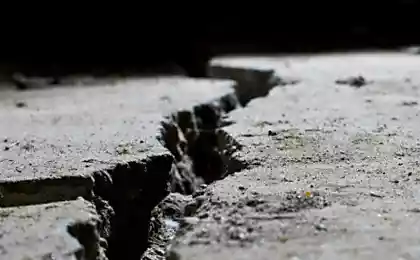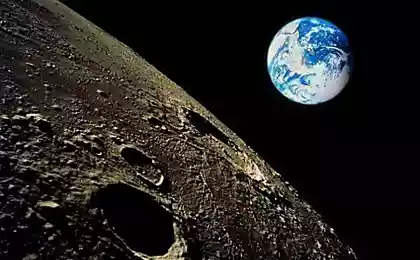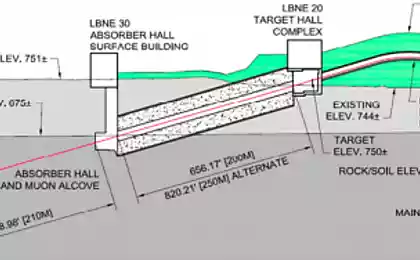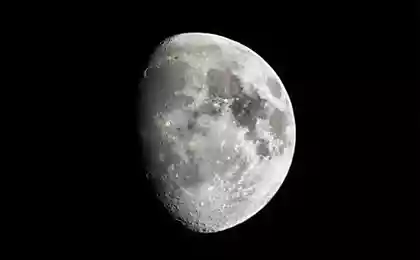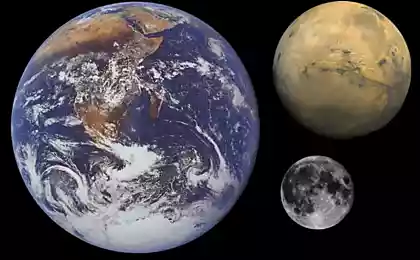442
Scientists plan to use the moon as a giant cosmic ray detector
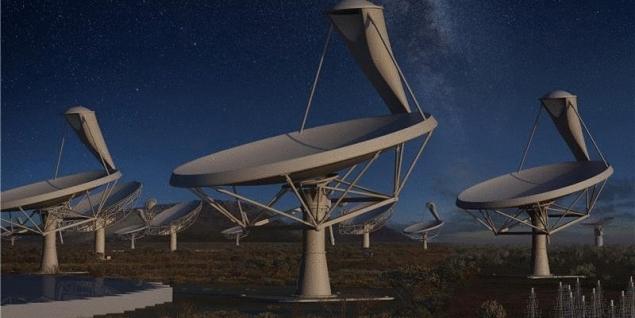
Scientists from the University of Southampton plan to turn the entire moon into a giant detector for cosmic rays that will shed light on the mystery particle ultramicroanalysis cosmic rays (ultra high energy, UHE), which are known, are the most high-energy particles in the Universe. The appearance of these rays is an extremely rare event, scientists register such rays at the level of one particle per square kilometer area once a century. The origin of UHE cosmic rays is one of the biggest mysteries in astrophysics today, nobody knows exactly how arrive these rays and how the particles of these rays gain their tremendous energy.
On Earth, physicists and astrophysicists register the particles of UHE-rays at the moment when they collide with the upper atmosphere of our planet. The collision of high-energy particles with air molecules causes a shower of secondary particles that is the source of short and weak pulses of radio waves within a certain range, a duration of several nanoseconds.
Justin Bray (Robert Bray), researcher of the group the study of Cosmic magnetism (Cosmic Magnetism) University of Southampton, is the author of the idea of using radio telescope Square Kilometer Array (SKA), which will be the largest and most sensitive radio telescope on Earth to detect the signals from UHE cosmic rays by the detector which will be to the Moon.
The collision of UHE particles with the atoms of the substance to the surface of the moon will also appear short and weak pulses of radio emission. Because of the rather large distance between the moon and the Earth none of the existing radio telescopes, until recently, lacked sufficient sensitivity to detect these signals. But the SKA radio telescope that will become operational in 2020, with huge effective area of their antennas and, as a consequence, extremely high sensitivity, will be able to register the signals of the collision of UHE particles since the lunar surface, which has an area of millions of square kilometers.
In this case, scientists will have the opportunity to accumulate the largest in the history of science the volume of data relating to events associated with UHE particles. According to forecasts, using the moon as a detector will allow you to register up to 165 events per year, for comparison, currently, scientists have the opportunity to observe not more than 15 such events per year.
In addition to the above, the use for the detection of UHE particles of the SKA telescope receivers, scattered over an area of 33 thousand square kilometers in Australia and Africa, will not require any additional costs and will not affect the performance of this telescope to its primary mission — provide detailed information used to compile most large-scale three-dimensional maps of the Universe.
Source: www.dailytechinfo.org
The first color photo of Mars taken by the Indian Mars satellite
The plant as an advantage for BREEAM












